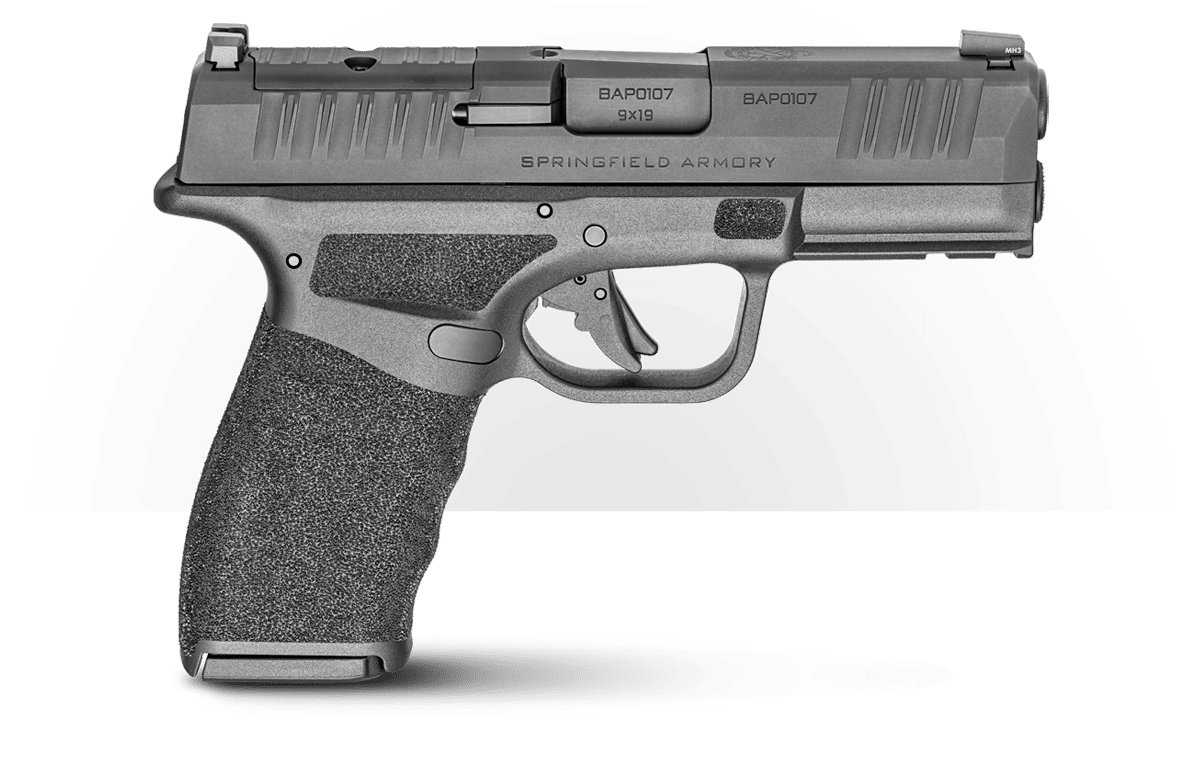Regarding red dot optic durability, few, if any, beat the Trijicon RMR (Ruggedized Miniature Reflex Sight). While this sight is excellent, there’s just one problem; you can’t easily use it for concealed carry on popular micro-compact pistols.
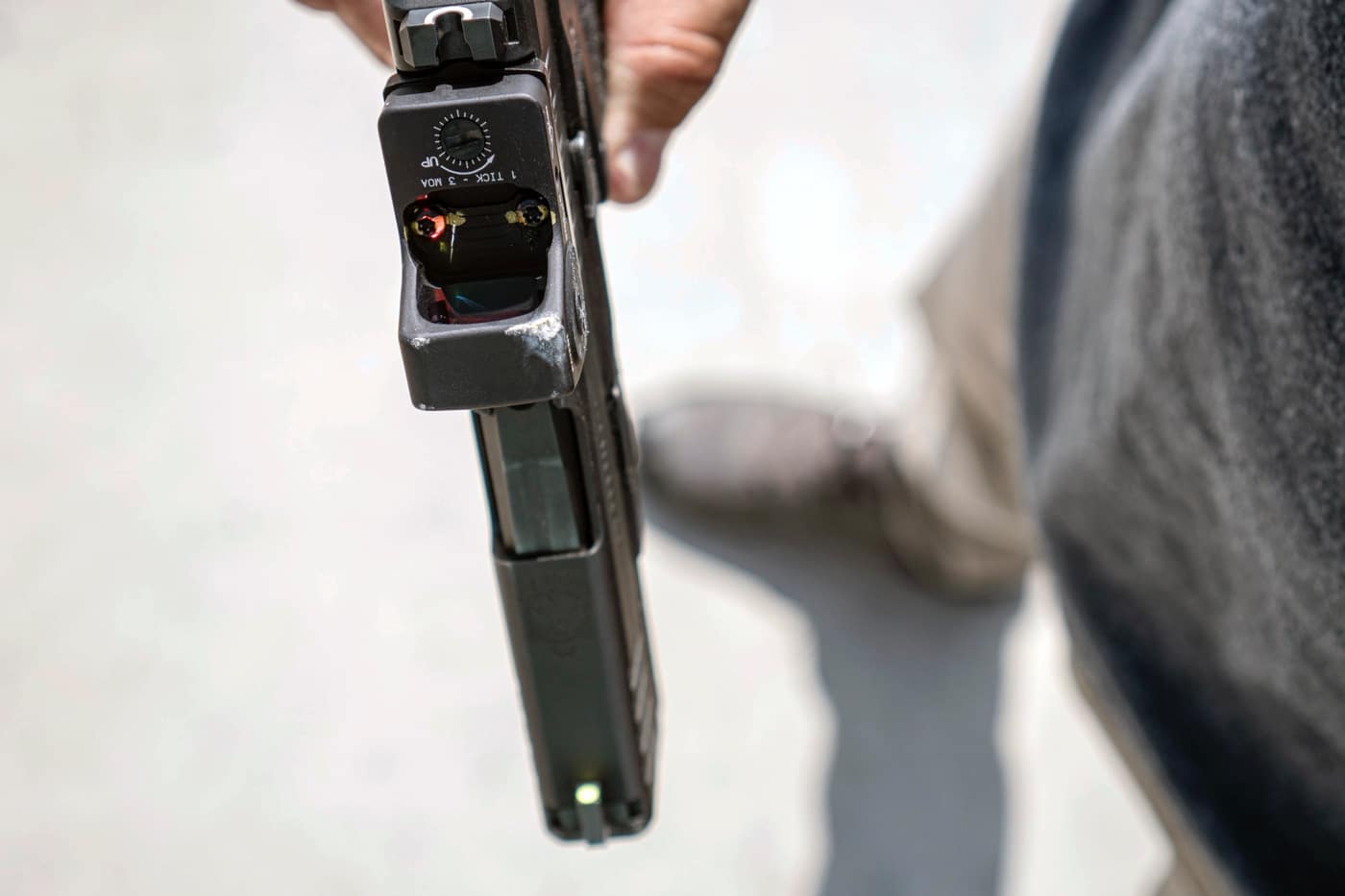
Luckily for us out there that want something you won’t have to worry about breaking or losing zero in harsh conditions on an EDC gun, Trijicon has us covered. The RMRcc is one of the newer additions to the Trijicon library of optics, and it is described as being tough like all Trijicon’s other products.
[Be sure to read our Trijicon RMRcc Review here.]
Building an optic small enough to fit on a compact EDC pistol with the kind of durability we expect from Trijicon is a tall order. Was the company able to pull it off? To find out, we decided to do a torture test on the RMRcc to see how it performs in terms of durability.
The Foundation
While durability is necessary, one thing RMRs are also known for is retaining their zero. So, we made keeping track of it between each test phase part of the test.
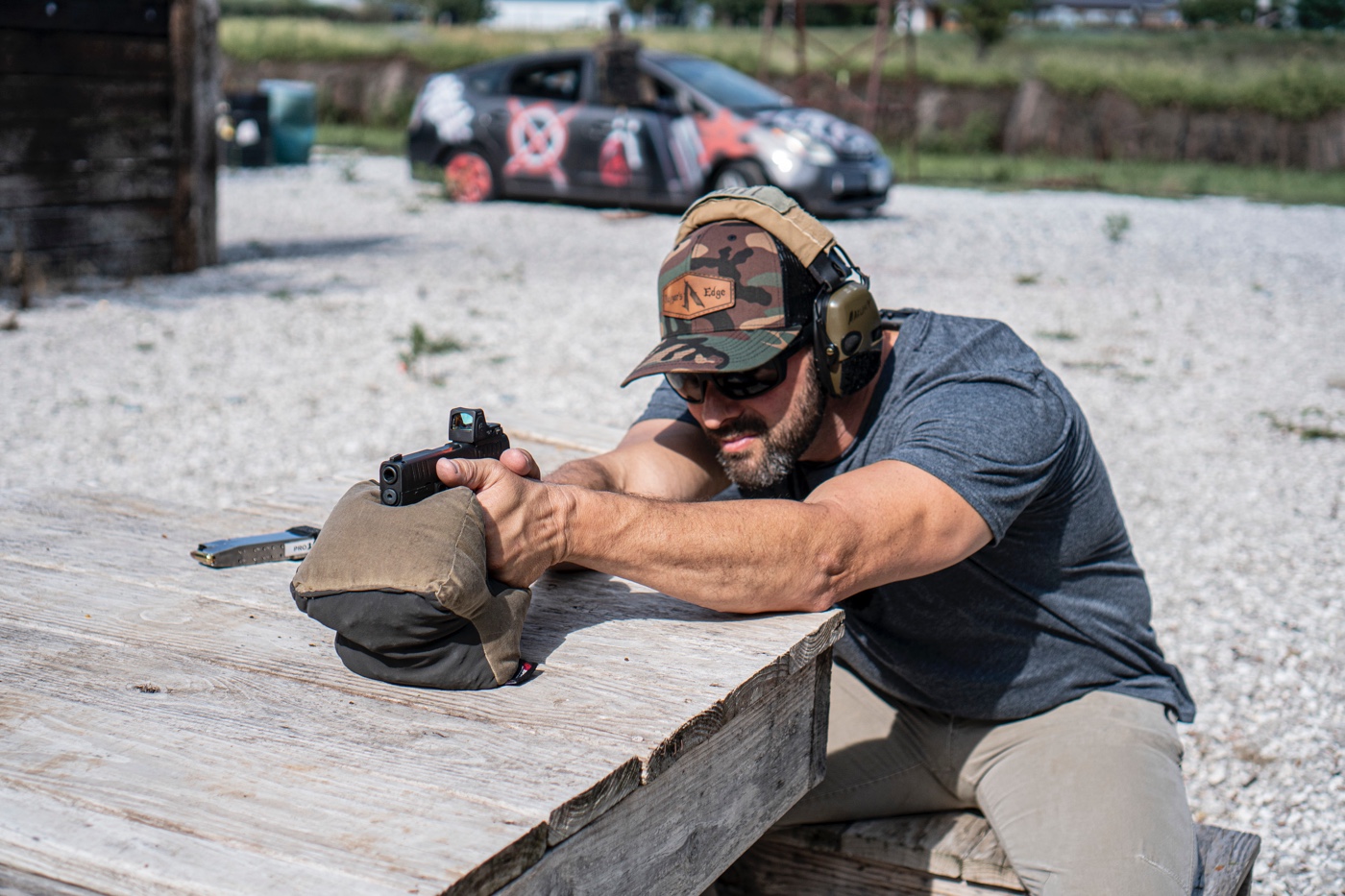
For our torture test, we mounted the RMRcc onto a Hellcat Pro with a C&H Precision Plate. Grant followed their optic plate mounting procedures down to the smallest detail. One of the pieces of this process is to paint witness marks on your mounting hardware screws so you can visibly see if they loosen.
So, before the test Grant ran five rounds through the gun to make sure where he started. Note: The zero was a little to the left because his zero is set for his personal carry ammunition.
Water Test
Water may seem like a simple test these days — even our phones can withstand a decent amount of water now and again. However, we think it’s an important question and wanted to test out the RMRcc to this standard.
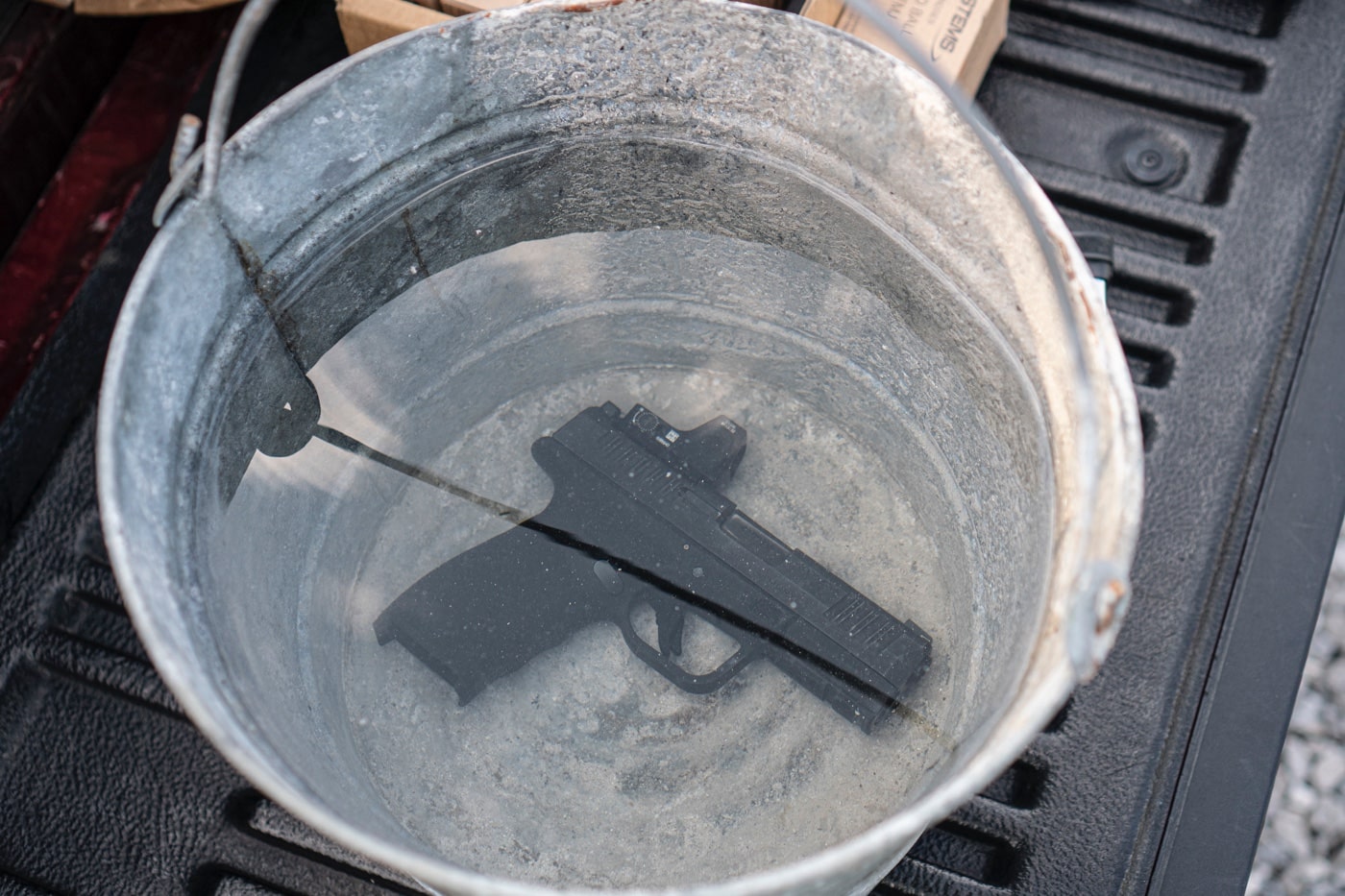
We left the gun and optic in a bucket of water for five minutes. When we took the gun out of the water and shot, we observed no change in the zero. Controls on the side of the sight worked perfectly. While we tested it in the depth of a bucket of water, the RMRcc is rated as being waterproof to a depth of 20 meters.
One-Handed Charging
We took two magazines for the second part of the torture test, loading it so every other round was a dummy round. Our plan was to do one-handed slide manipulations every other shot by pushing the RMRcc into the edge of a barricade. The goal here was to see how much damage we could cause from a realistic situation in a self-defense scenario, and determine if it might cause any internal shifts in zero.
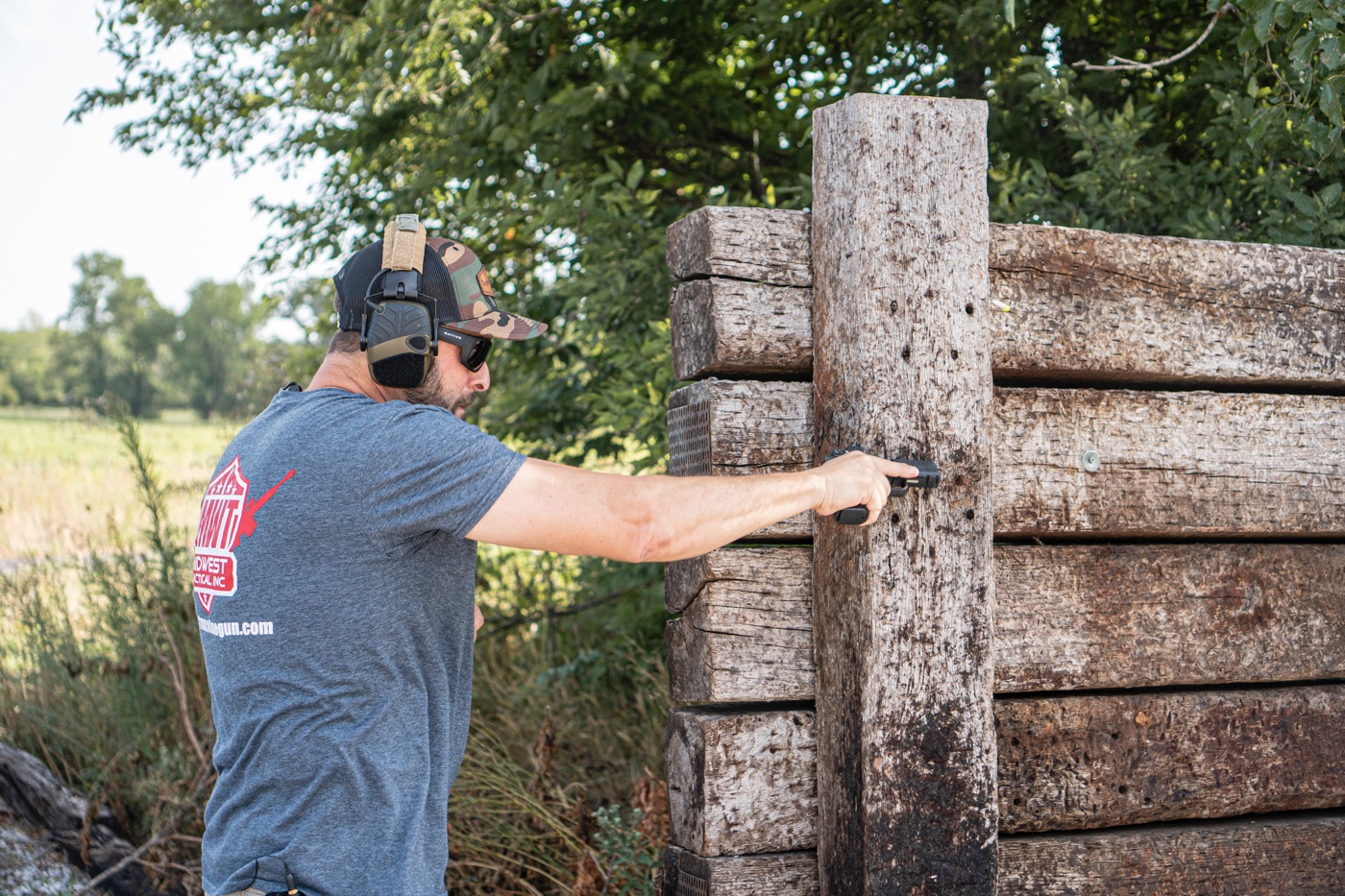
After running both magazines — meaning 15 rounds fired and 15 one-hand slide rackings — we ended up with virtually no damage to the optic. After wiping it off, it looked good as new. There was no change in the dot brightness, and no change in our zero.
Concrete Drop
One of the most common causes of optic failure in law enforcement use is the case of an officer getting in a physical altercation with a suspect that ends up leading to wrestling on the ground and rolling onto the weapon. Our concrete drop test was meant to emulate that.
With our slow-motion camera, we could ensure our concrete drop test had the optic striking directly onto the concrete. Again, the sight passed the test with flying colors. Only some slight cosmetic damage on the side of the sight with no effect on the zero of our dot.
Drop Test, Part II
The shoulder-height drop test is a demanding, yet controversial torture test. Dropping your pistol from shoulder height onto concrete is unlikely to happen by simply carrying a firearm, but it’s a good test of how the optic handles blunt force.
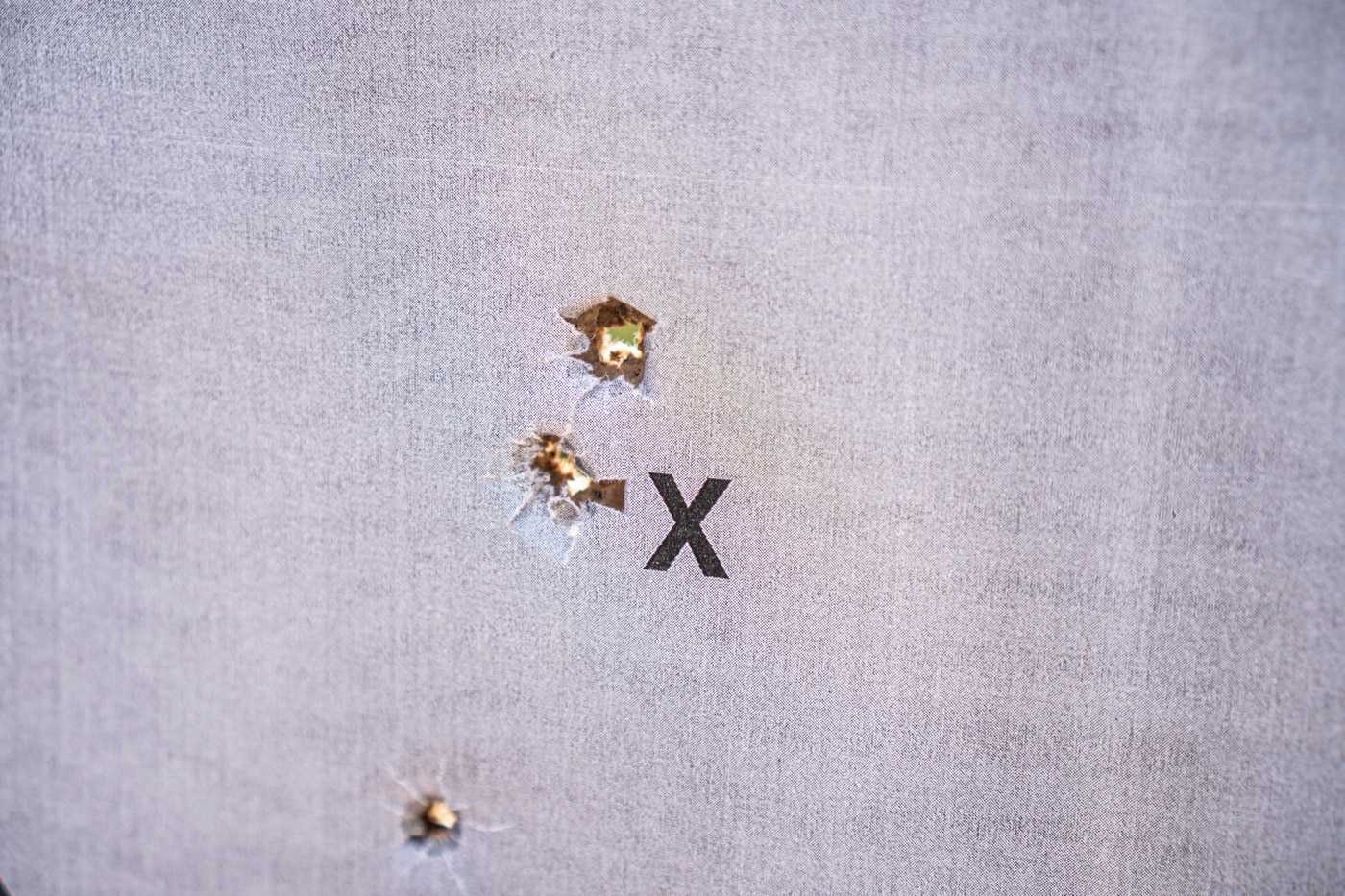
This can be a controversial test because it’s difficult to say if it would land directly on the optic or not. Luckily, our cameras were able to shoot in slow motion, so we were able to tell if our drops were indeed direct onto the RMRcc, and they were on both drops we did.
At the end of this phase of the test, we only saw a minimal shift in our zero — about a magazine’s width of distance. While the zero did move, it was a minimal change, and the optic had taken some significant direct hits.
Conclusion
In our opinion, the RMRcc is easily the most durable red dot we have used in terms of concealed carry optics. After all of our torture tests, the zero was still reasonably close to where it was initially set, and there were no fractures or damage to the glass. The dot’s brightness stayed consistent throughout all the tests, and we had no significant chipping to the frame of the optic.
If you are looking for a sight designed for concealed carry that can take some heavy hits, the RMRcc from Trijicon is probably the right answer for you.
Editor’s Note: Be sure to check out The Armory Life Forum, where you can comment about our daily articles, as well as just talk guns and gear. Click the “Go To Forum Thread” link below to jump in!
Join the Discussion
Featured in this video
Continue Reading
Did you enjoy this video?

 36
36




